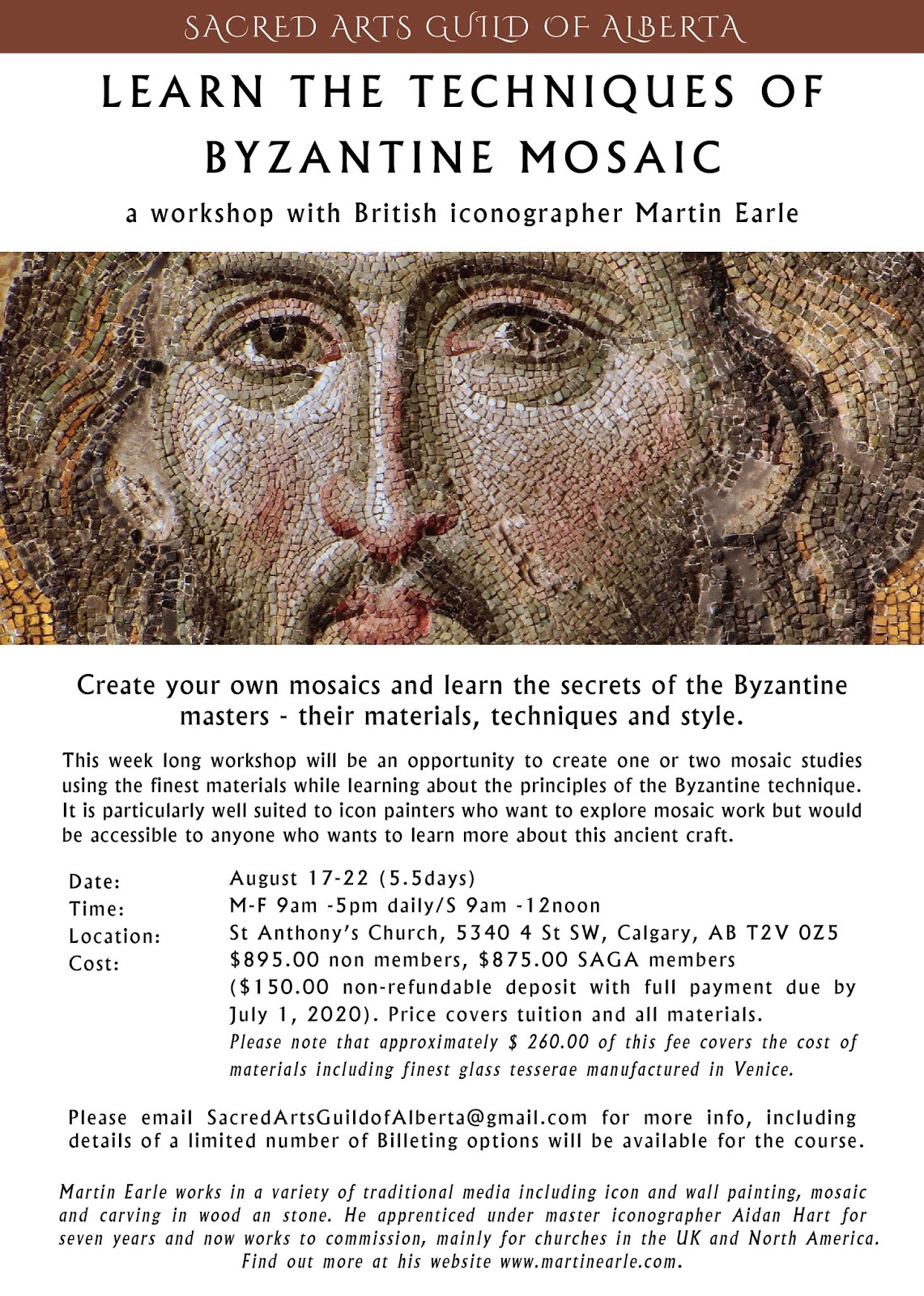
The Sign of the Cross is a constant both in older versions such as the South English Legendary and in the dragon episode. This greatly frightened the people, but George promised to slay the dragon if they would "believe in Christ and be baptized, every one of you" ( Ryan, I, 239-40). Then he had the princess bind her belt about the neck of the dragon and lead it tamely into the city

On a day when the king's daughter was sent out to be devoured, George came by, learned of the problem, fortified himself with the sign of the cross, and threw the dragon to the ground with his spear. To appease it people first brought it sheep, then their own children, who were chosen by lot. In the art the dragon usually has leathery wings, although Voragine does not have this detail. 4Īs Voragine tells it, the dragon used to rise up from a lake near the city of Silena, go up to the city walls, and poison everyone with its breath. It was not widely circulated until Voragine retold it as the first half of his life of the saint in 1260. George and the dragon came to Europe with Crusaders returning from Syria in the 12th century. For this Dacian has him flogged, but his constancy under torture inspires the queen to convert to Christianity. He then tricks Dacian into letting him proceed to the temple "to offer sacrifice." What he really does when he gets there is pray that Heaven send a fire to consume the temple, its idols, and its priests. Next he tries putting George in a cauldron of hot lead, but the saint again protects himself with the sign of the cross and feels no pain. The magician is so impressed that he asks to be baptized.ĭacian then tries putting the saint on a spiked wheel, but it falls apart at once. But George makes the sign of the cross over the wine and suffers no harm. Dacian has a magician give George drugged wine in hopes of making him recant. When he learns that the prefect Dacian is persecuting the Christians in Lydda he goes there and declares his faith before the people.
In the Legend, George is a noble and wealthy Christian military officer from Cappadocia. It is on these revisions that Voragine drew for the second half of his chapter on St. The multiple resurrections, for example, go by the board. The revisions also make some effort to make the tale a little more believable. Most of the revisions omit the call for fire in the final prayer and leave only George's follow-up request that God grant pardon to those who invoke his name. 2ĭespite Gelasius' decree, the legend was copied, translated, and revised in many versions around the Christian world. At one point, the pagans even cut up his body and bury the pieces separately – to no avail, because God simply puts him back together and has him go through another trial.
The iconographer series#
In a long series of episodes the saint is repeatedly tortured, killed, and then resurrected by divine grace. It also challenges credulity at every turn. The tale ends with God answering George's prayer that he send down fire to destroy every pagan in Lydda. George, condemned the legend as apocryphal.

In 495, Pope Gelasius I, while confirming the historicity of St. In the following century his cult flourished widely, the Christians of Lydda built a church in his honor, and a legend developed concerning his passion. – Roman Martyrology for April 12Īt some time in the third century, in the city of Lydda, Palestine, a man named George was executed for being a Christian. The Church of God venerates his illustrious martyrdom among the crowns of martyrs. Not his birthday but the day he died and was "born again" into Heaven


 0 kommentar(er)
0 kommentar(er)
